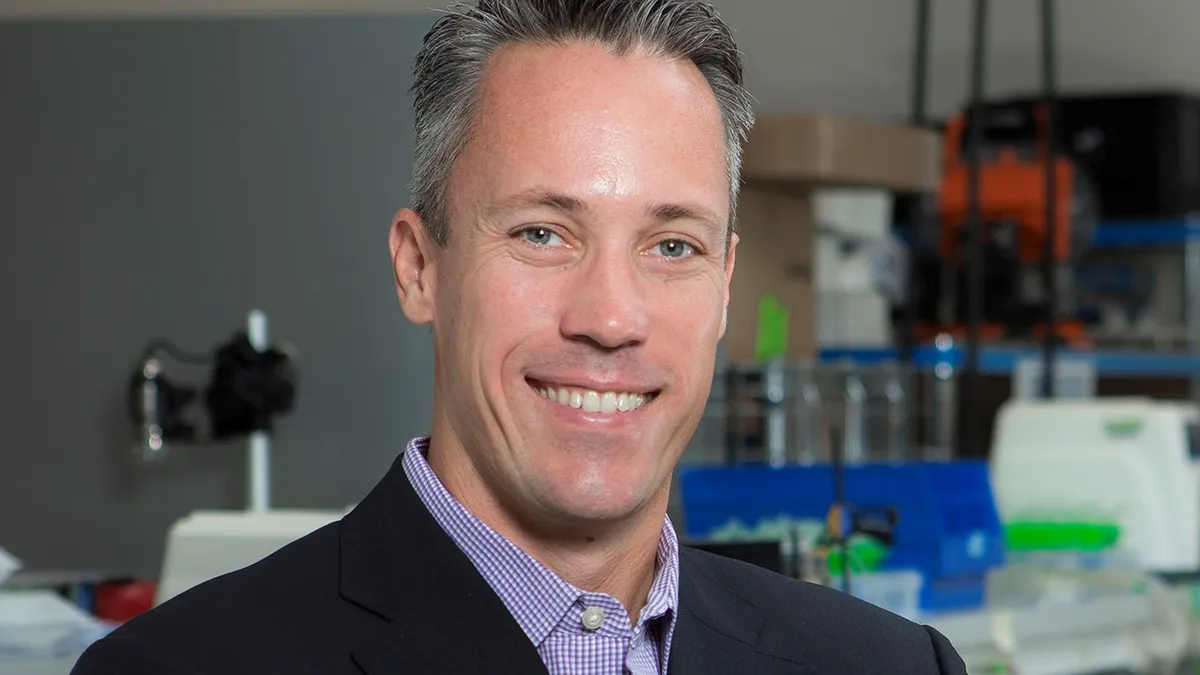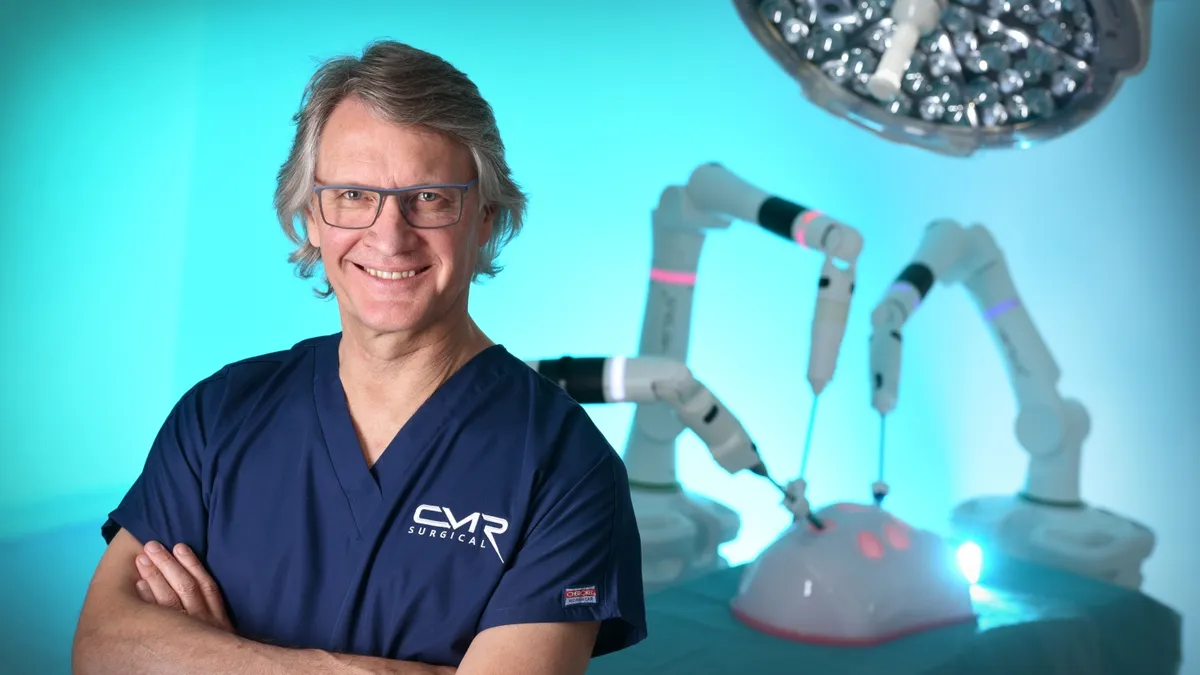As hospitals, pharmacies and other healthcare settings grapple with rising costs and staffing shortages, medical device companies see an opportunity to use automation to help offset some of those pressures.
Beth McCombs, Becton Dickinson’s chief technology officer, is assessing some of these technologies. The New Jersey-based company currently sells its Pyxis automated medication dispensing systems to hospitals, and acquired pharmacy automation company Parata for $1.53 billion last year.
In an interview, McCombs talked about the Parata acquisition, BD’s strategy around automation, and how she’s thinking about AI in healthcare.
This interview has been edited for length and clarity.
You recently acquired Parata for $1.53 billion. How is that integration going?
So far, the Parata acquisition has been really exceeding our expectations.
With all of the pressures in healthcare today, and in the pharmacy around lack of skilled pharmacists, cost pressures, inflation, we're finding that these automation solutions are really streamlining [the process], all the way from the beginning of the supply chain through delivery to the patient. [It’s] allowing all that mundane work to happen with a robot, so then the pharmacists can spend more time on consultation and really delivering their expertise to help drive a good patient outcome.
How big is the market for pharmacy automation?
Today we see pharmacy automation as about a $600 million market, but growing very rapidly, over 10% [annually], and [we’re] very much anticipating in the next 10 years in the U.S. alone, it will be about a $1.5 billion market.
How does that integrate with your other pharmacy solutions?
Today, the sweet spot for the technology is more in the retail pharmacy realm. There's more consolidation happening with retail pharmacies, so automation is very relevant there.
We also have our Pyxis solutions that are in the hospital setting. That's really managing everything from pharmacy through the hospital to the patient.
We're seeing really good revenue synergy. Recent acquisitions like Parata are getting us into these settings beyond the hospital, like long-term care, like retail.
I think over time there’s opportunity for this to come together as a broader connected end-to-end solution. But today, they’re a little more focused in their own markets and sweet spots where they were fit for purpose.
What are you doing in laboratory automation?
It's very similar to what we discussed is happening in the pharmacy. There are evolving diagnostic methods and sample volumes, as well as shortages of qualified staff, financial pressures on the budgets of these laboratories. Our BD Kiestra system is really in the microbiology space. So taking samples from patients and then being able to stain those on a plate, and grow the bacteria and incubate [it], and then to be able to actually read the plates and drive efficiency through that whole process versus all of that being very manual.
It really speeds up and drives efficiency, especially for these microbiology labs that are consolidating and needing that efficiency. Time to result is so important for these bacterial infections that we need to understand very quickly what the patient has [and] what antibiotic is going to be effective in treating that.
One of the recent developments that we're excited about is bringing artificial intelligence to the forefront. We recently received FDA clearance for the BD Kiestra MRSA application. This is really allowing you with a vision system to triage plates where there is no growth, which would indicate no concern for the patient, versus where there is growth, and then the technicians can put their attention primarily toward [those] areas.
How do you make sure these automated systems are safe and easy to use?
It does take another level of design for usability and user experience when we're getting into these automated workflows.
Step one is really spending a lot of time with our customers in their environments, and understanding the pain points, and also the unique workflows, because every different laboratory or hospital may have a very different way of working.
And then certainly as we're going through the detailed design work, having very high expectations around reliability. These are complicated systems, so we have to make sure we know the reliability of every part of the system and that it's going to have really good uptime, especially in these labs that are just running 24/7. [We’re] working to build systems that have easy software upgradability because there's always going to be new workflows, new needs.
What kinds of features are your customers looking for?
We're seeing a nice acceleration of the interest and revenue in these solutions that are bringing efficiency through automation. I think the AI piece is coming to the fore but not as established as robotics. We're hitting that sweet spot when we're providing a safe and effective quality device that's helping them solve some of the economic and workflow challenges that are happening in the hospitals and other care settings today.
From your standpoint, how are you thinking about AI in healthcare?
A lot of the applications that are in use are primarily in the imaging space, and I think it's because an image is a fairly straightforward entity to analyze and drive conclusions from.
For BD, of course, the imaging example I gave you before with MRSA is one. We also have had a partnership in our connected medication management business around diversion of narcotics in the hospitals by healthcare workers. Unfortunately, that's a common problem, and we partnered with Microsoft to really understand and analyze what are some of the factors in identifying higher-risk situations or individuals to reduce the potential for diversion of these controlled substances.
We're very excited about the potential [for AI] because of the footprint we have in connected medication management and connected lab and pharmacy automation. There's a lot of data that can be brought together and used to solve important needs in healthcare, and we're really working with our customers to figure out what the right use cases are and to make sure we have access to the data in a compliant and secure [way].





















